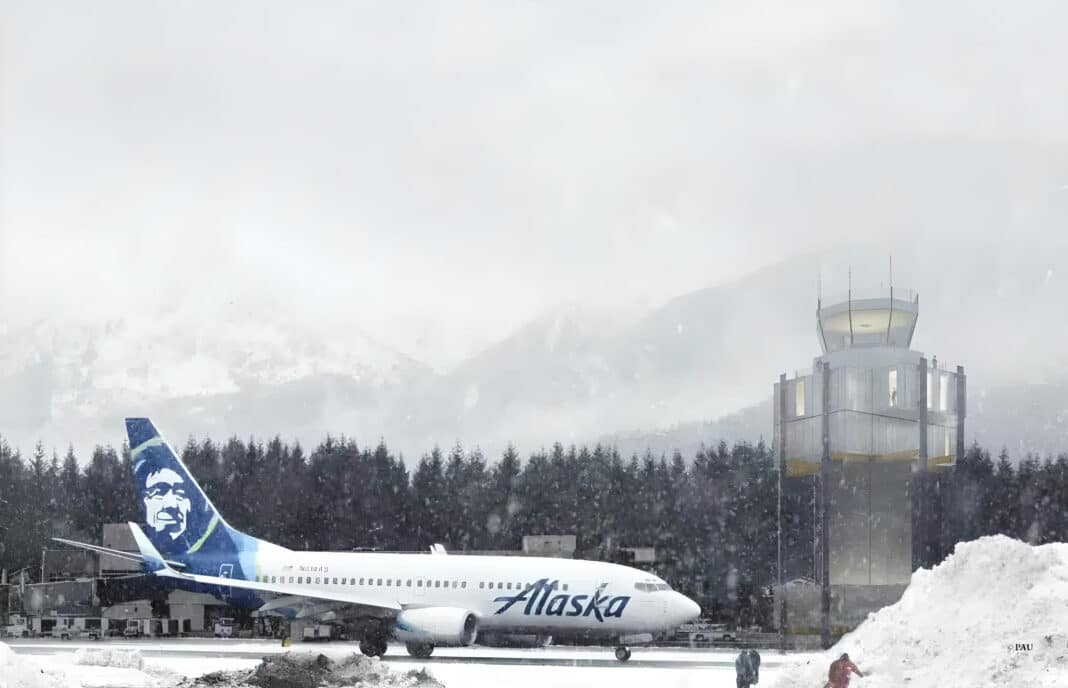Less than 24 hours before the US elections, aviation has emerged as an area of rare bipartisanship – with President Biden pledging nearly US $1 billion (US $970 million) to upgrade 125 airports in 46 states, Guam and Palau.
A key pillar in the $1 trillion Bipartisan Infrastructure Law—passed in November 2021—the latest investment is part of a $25 billion-plus multi-year commitment by the Federal Aviation Administration (FAA) to green up America’s airports—improving baggage systems, creating larger security checkpoints, increasing gate capacity, and modernising aging infrastructure in terminals and through ground transportation.
“Investing in America’s airport infrastructure isn’t just about upgrading runways and terminals—it’s about growing local economies, creating jobs, and ensuring the safety and efficiency of travel,” according to Biden’s Transportation Secretary Pete Buttigieg. “With the grants we’re announcing today—nearly $1 billion in total—we’re helping modernise 125 airports across the country to make their operations safer, more accessible, and more convenient for travellers.”
The Aviation Climate Action Plan
The spending is part of a long-term strategy to decarbonise the world’s largest commercial airport and aviation network – with the FAA now abiding by an Aviation Climate Action Plan, which will see all airports achieve net zero emissions from travel (for example, through the adoption of sustainable aviation fuels) and airport operation by 2050.
Last year, Wood Central revealed that the FAA was turning to “renewable mass timber when useable” to replace 31 air traffic control towers across the network. Forest-based sustainable aviation fuels (SAF) have been flagged as a potential replacement for short- and long-haul rocket fuels.
“With thousands of employees and passengers using them every day, airports can be considered small cities of their own,” according to the World Economic Forum, which last year said that greener airports – which lower embodied and operational carbon, are vital in creating the “Airports of Tomorrow.”
“Airports are at the very centre of the aviation ecosystem, representing 60% of the jobs in the industry, a junction where stakeholders from the sector and beyond meet, including passengers, communities and local businesses,” said Luis Felipe de Oliveira, the World Director General, of Airports Council International – the peak body for global airports.
“Airports can play different roles depending on their local circumstances; they can support, influence and lead, and they are in a unique position to foster the collaboration that is rapidly needed across the value chain.”
- To learn more about the push by the FAA to decarbonise, including the use of mass timber to drive down embodied carbon, click here for Wood Central’s special feature.






